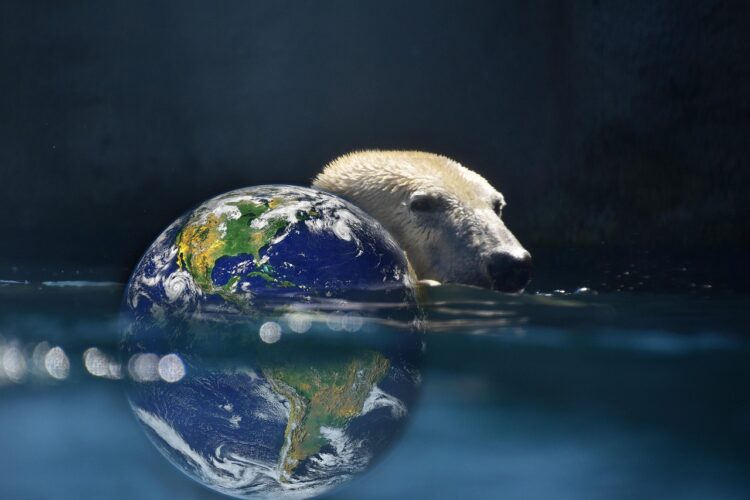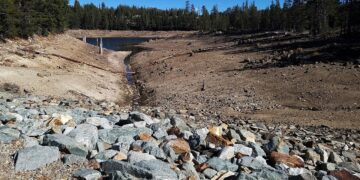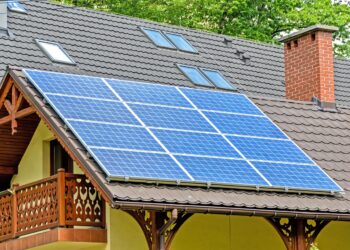Rising Sea Levels: Unmistakable Signs of Global Warming
As global temperatures continue to rise, one of the most visually compelling and scientifically substantiated effects is the increase in sea levels worldwide. This phenomenon poses severe risks to coastal communities, ecosystems, and the global economy. Understanding the causes, impacts, and mitigation strategies is crucial for addressing this critical issue.
Understanding the Causes of Rising Sea Levels
The primary cause of rising sea levels is global warming, driven by increased concentrations of greenhouse gases in the atmosphere. This warming leads to the melting of ice sheets and glaciers and the thermal expansion of seawater.
- Glacial and Ice Sheet Melting: As global temperatures climb, vast ice formations, especially in Greenland and Antarctica, begin to melt, contributing substantial amounts of water to the ocean.
- Thermal Expansion: Water expands as it warms. As ocean temperatures increase, the water takes up more space, leading to rising sea levels.
The Impact of Rising Sea Levels
Rising sea levels exert multifaceted impacts on our planet. Below are three major areas affected:
- Coastal Erosion and Flooding: Higher sea levels enable storm surges to push further inland, exacerbating the risk of coastal flooding.
- Threats to Marine Ecosystems: Delicate ecosystems, such as coral reefs and mangroves, face increased stress, which can lead to their decline or destruction.
- Economic Consequences: Infrastructure, agriculture, and homes in coastal areas face billions of dollars in potential damages due to sea level rise.
Frequently Asked Questions About Rising Sea Levels
Q1: How Much Have Sea Levels Risen Recently?
According to satellite data, global sea levels have risen by about 8-9 inches (21-24 centimeters) since 1880, with about a third of that coming in just the last two and a half decades.
Q2: What Can Be Done to Mitigate Rising Sea Levels?
Mitigation strategies include reducing greenhouse gas emissions, restoring natural buffers like wetlands, and designing adaptive coastal defenses.
Q3: Are Rising Sea Levels Reversible?
While we can slow the rate of sea level rise by reducing emissions, significant immediate reduction is challenging due to the existing concentrations of greenhouse gases and the inertia of climate dynamics.
Adaptation Strategies for Communities
Communities worldwide are adopting various adaptation strategies to cope with rising sea levels. These include:
- Building Sea Walls: To protect against storm surges and high tides.
- Improving Drainage Systems: To cope with the increased risk of flooding.
- Zoning and Planning: Restricting developments in high-risk areas and requiring buildings to be raised if they are located in flood zones.
The Role of Policymakers in Addressing Sea Level Rise
Policymakers play a critical role in combating rising sea levels by:
- Implementing Robust Climate Policies: Enforcing regulations that aim to reduce greenhouse gas emissions.
- Supporting Scientific Research: Providing funds for climate science to lead informed decision-making processes.
- Promoting Public Awareness: Educating the public about the impacts of sea level rise and the importance of sustainability measures.
In conclusion, rising sea levels are a clear indicator of global warming, posing significant threats to biodiversity, human safety, and economic stability. Through understanding, mitigating, and adapting to these changes with the concerted effort of individuals, communities, and policymakers, we can address the challenges posed by this pressing global issue.











